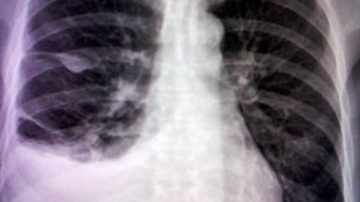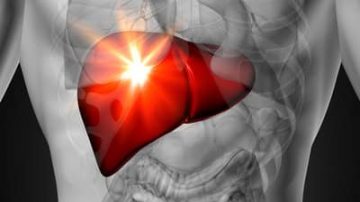More Articles – Arterial line, Chest Tube, Featured, Gastrointestinal diseases, Hospital Procedures, Paracentesis, Thoracentesis
This blog aims to summarize the data available on how to safely perform invasive hospital procedures in patients with cirrhosis. Unfortunately, no prospective randomized controlled trials have been conducted to inform the practice of procedural medicine in cirrhotic patients. Therefore,…
Read More











